Comparing Resilience: Business, Operational, IT, and Cyber – Part Three
Zerto
OCTOBER 6, 2022
Aside from data backup and replication considerations, IT organizations and teams also need to design robust disaster recovery (DR) plans and test these DR plans frequently to ensure quick and effective recovery from planned and unplanned outage events when they occur. The right technologies and resources can help you achieve this.

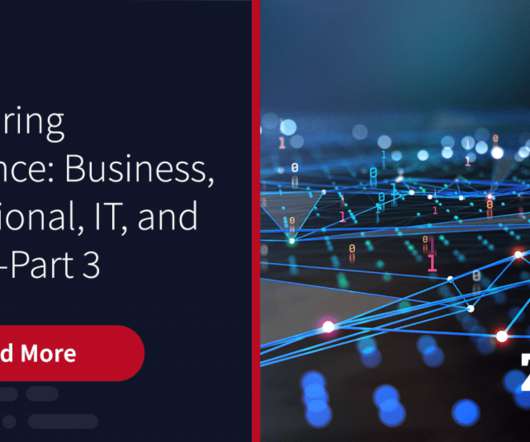


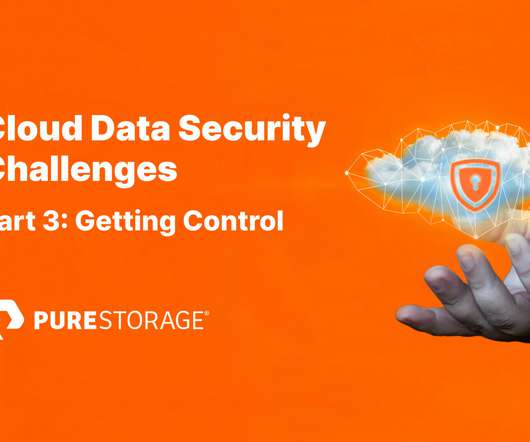
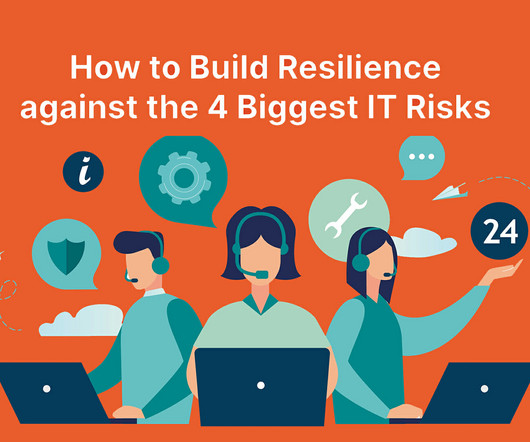
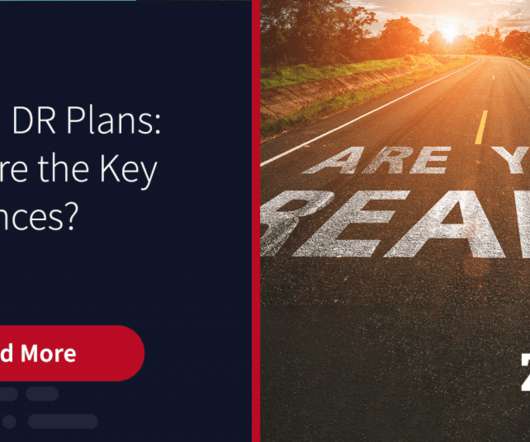
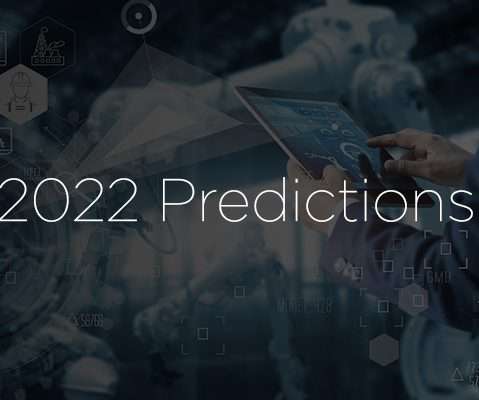
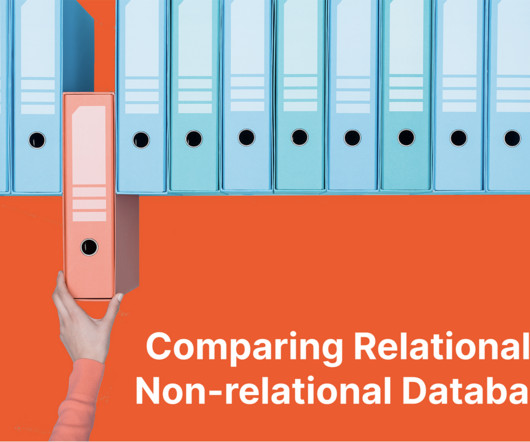






Let's personalize your content